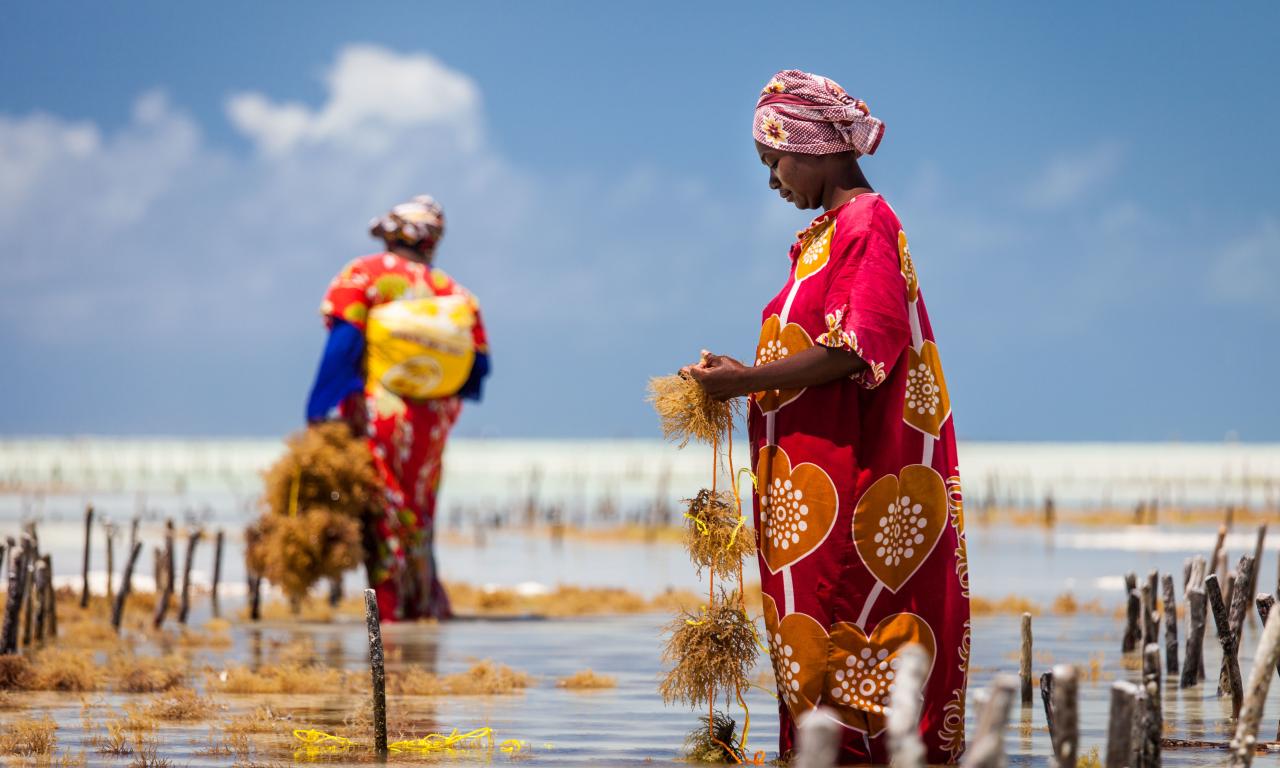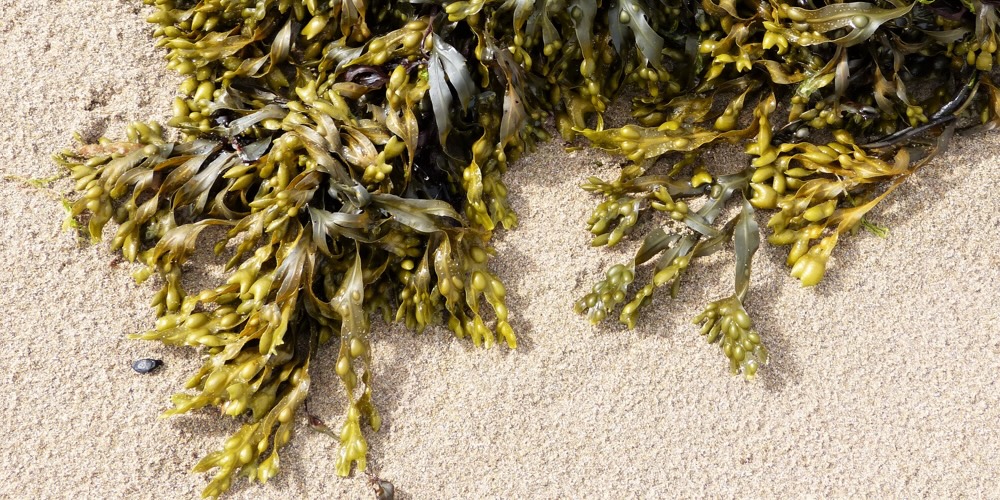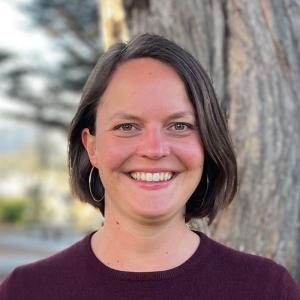
That is the question we put to six experts in the first episode of The Deep Dive.
Seaweed has been having a moment for a while now. It is promoted as a climate solution, a sustainable food, a gender equity tool, and a biodegradable alternative to plastics. It can feed the world, empower women, replace fertiliser, reduce methane, and restore the ocean. Or so the story goes.
But as we dug into some of those claims, the picture that emerged was more complex, and more grounded. Seaweed is not a silver bullet. But it is doing something. And in some places, it is already making a difference.
On the Coastline
We began in the coastal communities where seaweed is grown.
Dr Rumana Hossain is a climate scientist working with WorldFish in Bangladesh. She led a pilot seaweed farming project under the EcoFish II Program, which aimed to test whether seaweed could be grown on Bangladesh’s coastline. The short answer was yes.
“The production was really fantastic,” she said. “All the results are good in terms of production. But when a farmer is producing seaweed, they need to sell it. But the lack of a market was the main challenge,” she said.
She explained that while farmers were enthusiastic, the rest of the system (processing, packaging, buyers) simply did not exist. The project was able to assess site suitability and test a few different species. But to make seaweed viable as a livelihood, there is still a long way to go.
In Kenya, Dr. Esther Magondu, Mariculture Scientist at WorldFish, is working to integrate seaweed into a project including multi-trophic aquaculture.
Seaweed, she explained, is often the only income option available to coastal women.
“Maybe the only other opportunity is fishing,” she said. “And for women, they cannot go fishing. So they farm seaweed, even if it is hard, even if they are exploited.”
Farmers face seasonal climate pressures like heat stress, freshwater flooding, and ice-ice disease, all of which can ruin the crop. But the biggest challenge is volume.
“We had good buyers coming from Zanzibar,” she said. “But the buyers disappeared because the quantities were too low. They want big bulk. And the middlemen exploit the farmers when volumes are small,” she explained.
Magondu believes the solution lies in cooperatives, buying centers, and government support, much like what already exists for land-based crops.
The Science Beyond the Hype
Dr Rod Fujita is a marine ecologist who co-authored a system mapping review of carbon in seaweed systems. He wanted to understand what actually happens to the carbon seaweed absorbs. His team found that only a fraction is stored long term.
“Some erodes or sinks,” he explained. “Some is harvested and used in products. Much of it decomposes and releases carbon back into the system.”
For Fujita, the focus should not be on carbon sequestration but on mitigation.
“Seaweed can be used to make products that reduce emissions elsewhere,” he said. “That is where the climate benefit lies. Not in storing carbon forever,” he said.
His current focus is on biostimulants which are liquid fertilisers made from seaweed that help crops grow with less synthetic input. The tech already exists, and the logistics are simple.
“If you can process the wet seaweed near where it is grown,” he said, “you skip the drying, skip the long-distance transport, and keep more value in the community.”
This idea of seaweed as a circular nutrient solution came up again and again.
Dr. Barry Costa-Pierce is an oceanographer who has worked across aquaculture, marine policy, and coastal ecosystem restoration. He argues that seaweed’s most immediate climate role is not about carbon, but nitrogen.
“There is just so much nitrogen,” he said. “These harmful algal blooms that shut down fisheries, kill marine life, acidify coastal zones. They are being fed by nutrient runoff from land.”
Seaweed, together with shellfish, can absorb that nitrogen before it does harm.
“There are many great projects where you put in shellfish and seaweeds and you don't have the blooms anymore,” he said. “Before, you had harmful algal blooms. After, zero,” said Barry.
Vincent Doumeizel, the author of The Seaweed Revolution, believes this is seaweed’s biggest untapped opportunity.
“We dump a million tonnes of nitrogen into the ocean every year,” he said. “Seaweed can capture those nutrients and return them to land as fertiliser. That is a circular system. It reconnects land and sea,” he said.
But for that system to work, seaweed needs to scale. And right now, production is still too low to meet growing demand.

Big Potential, Missing Pieces
Professor Phang Siew Moi, a leading researcher in algal biotechnology in Malaysia, explained the supply gap.
“There are many valuable compounds in seaweed - nutraceuticals, feed additives, fertilisers, even biochar,” she said. “But producing enough biomass is a challenge. Many of these compounds occur in very low amounts. And the traditional methods are labour-intensive and not attractive to young people.”
Malaysia exports raw seaweed and imports finished products, losing most of the value along the way.
“There should be more money that we [in Malaysia] can make from seaweeds,” she said. “But we are not doing that.”
For Doumeizel, the absence of an established supply chain is actually an opportunity.
“Seaweed is one of the only major crops with no global supply chain,” he said. “No legacy systems. No lobby. That means we can build it right. From the start. With equity. With sustainability. With science.”
So, Can Seaweed Save the Planet?
Probably not. But maybe that is the wrong question to begin with. The better question is what we are willing to build around it?
Seaweed has a lot to offer for sustainable development, for food systems, for climate resilience, and for communities with few alternatives. It can help clean polluted coastlines, reduce fertilizer use, strengthen supply chains, and diversify rural economies.
Seaweed is not a miracle fix. But it is rich with possibility, and full of value for both science and development. Making it matter at scale requires deeper research, better infrastructure, and the commitment to design that expansion wisely.
Click Here to Watch The Deep Dive Episode 1 - Can Seaweed Save the Planet?
Cover Photo: Yann Macherez / Harvesting seaweed in Jambiani. Licensed under CC BY-SA 4.0.
